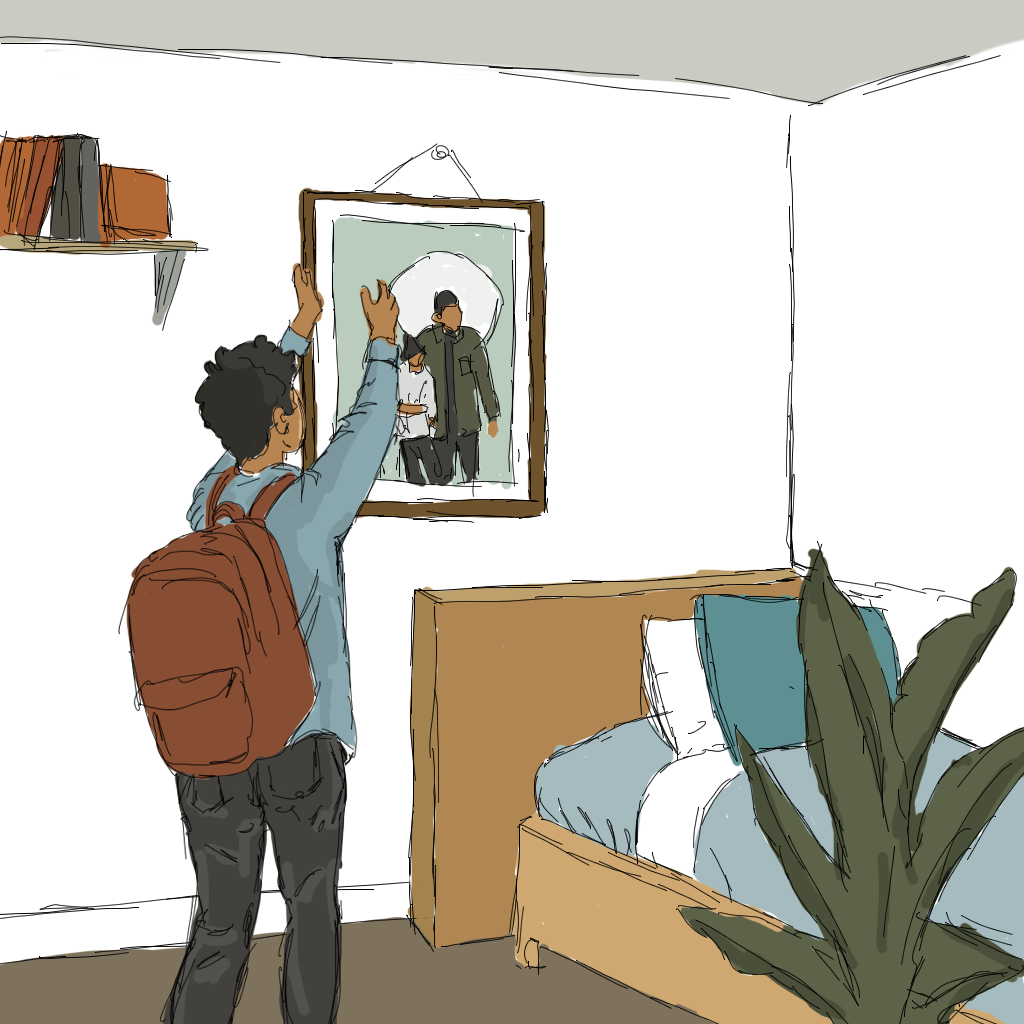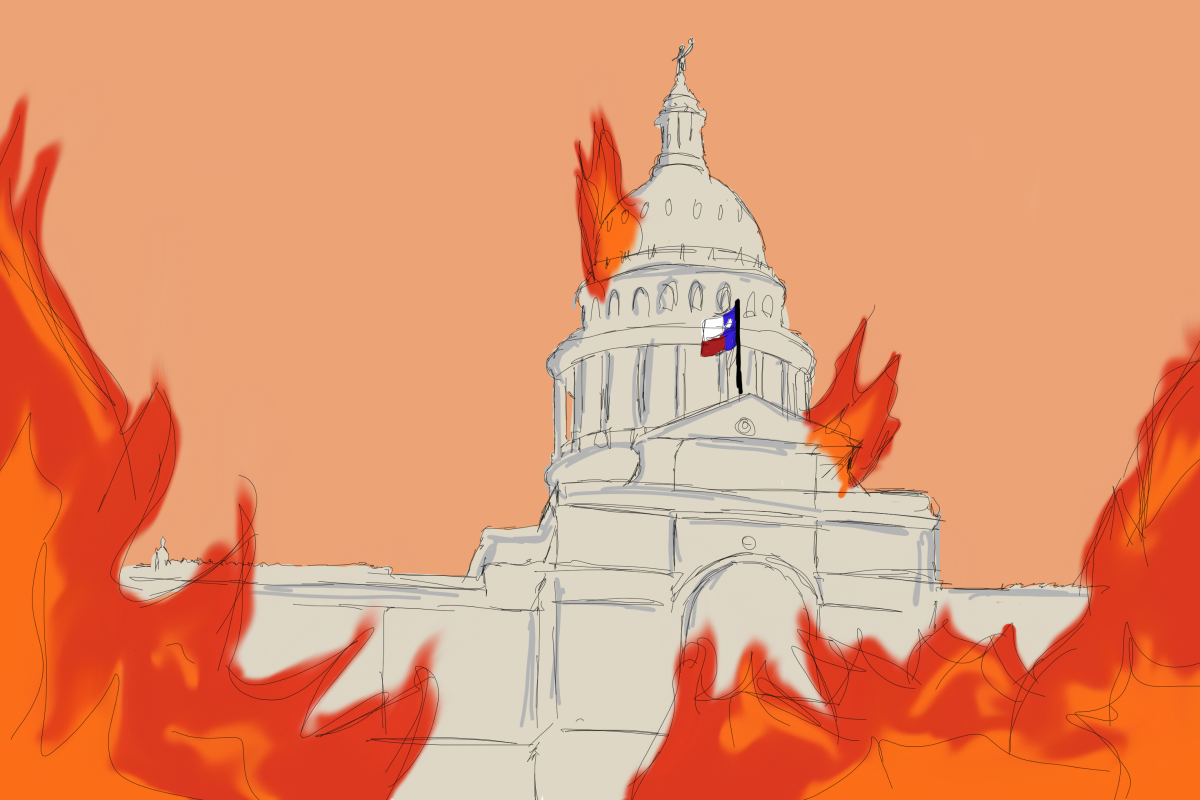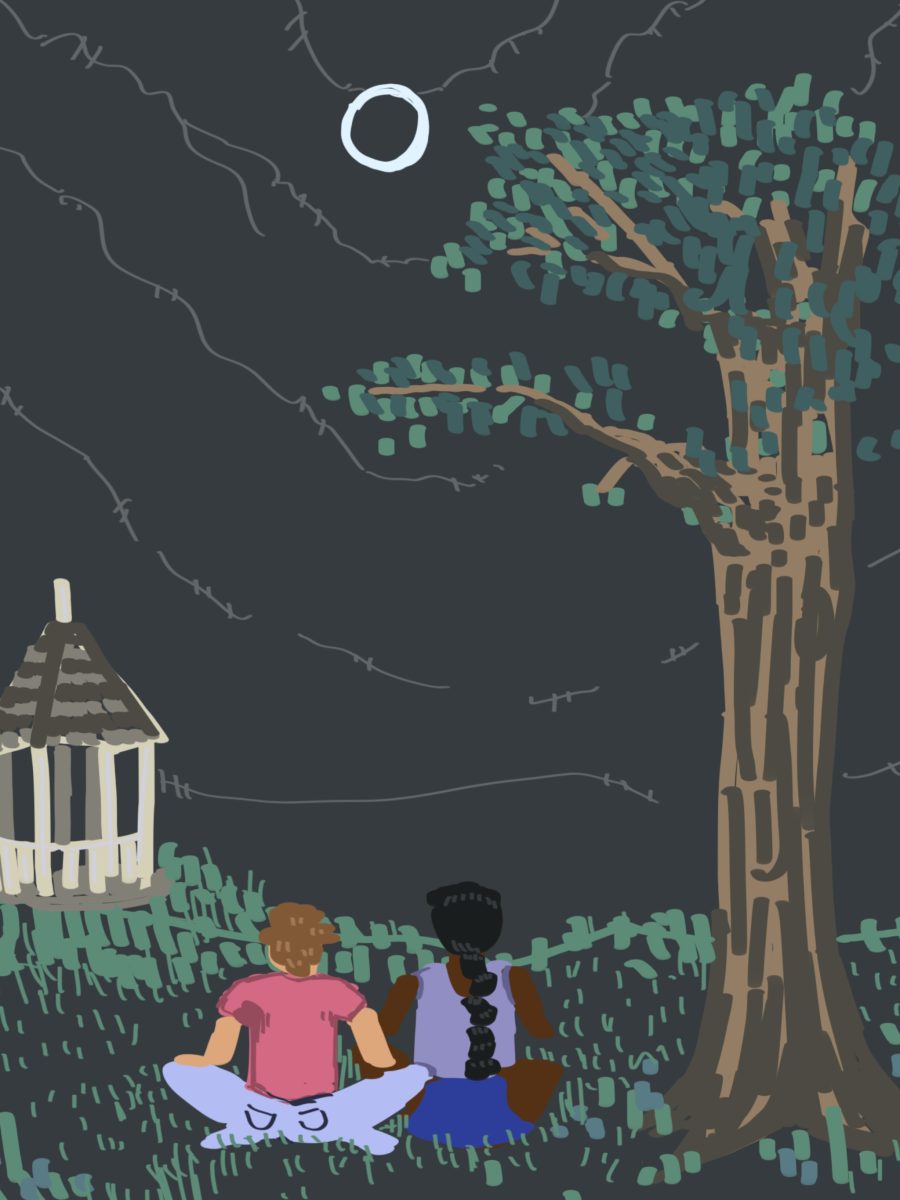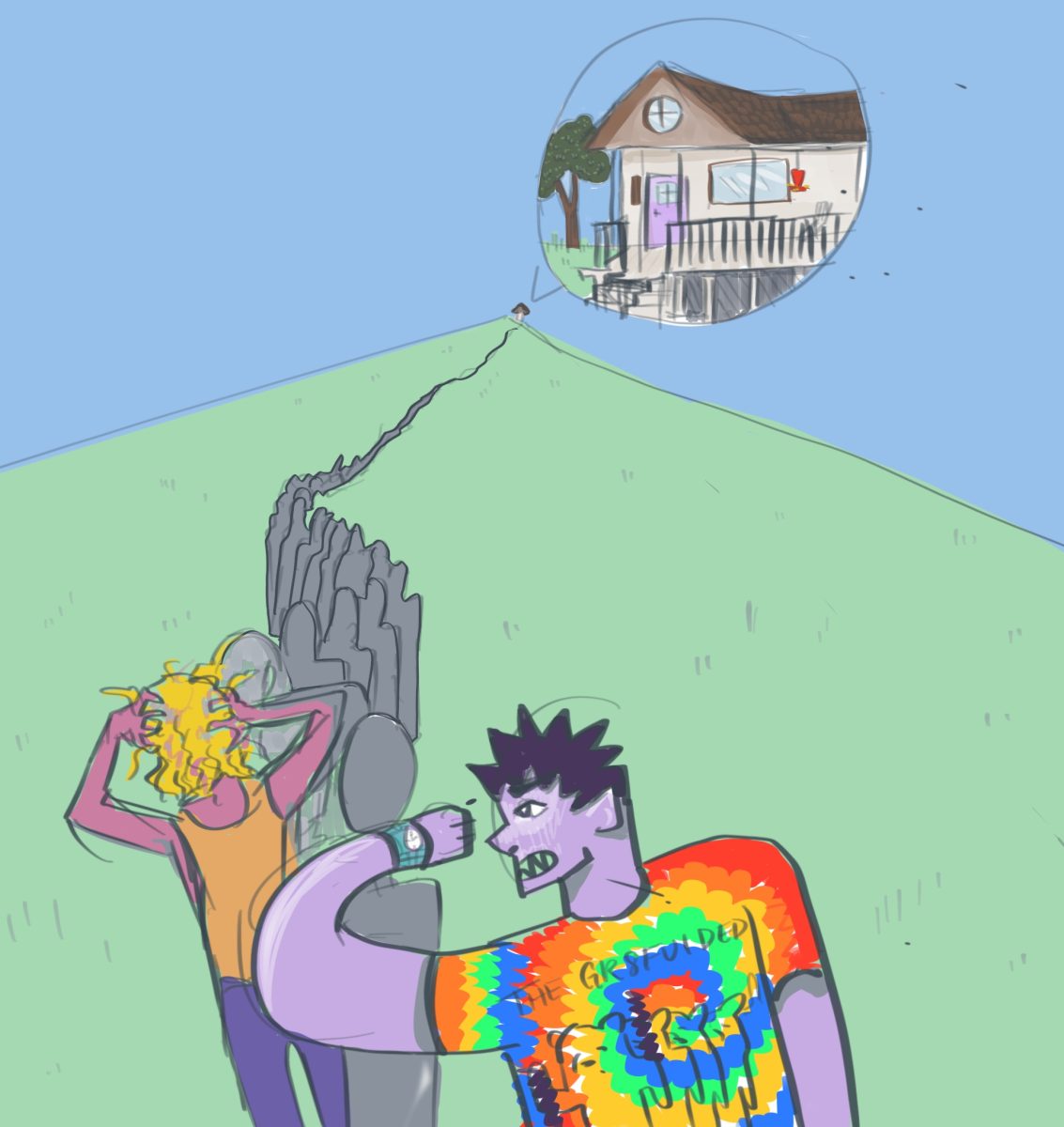I propose a project that could become a movement to change the spaces and culture of Trinity University. Disappointed that the decision-making processes concerning the forms, places and aesthetics of Trinity’s campus lack transparency, and rarely include student participation, and that what student involvement exists is often debilitated by a heavy-handed bureaucracy that discourages community change and emphasizes a continuation of the status quo through organizations that are largely powerless to actually effect change on campus, I envision a new way of approaching and defining the design, architecture and shape of our campus. Trinity University’s hegemonic and authoritarian top-down decision-making processes, instead of helping shape spaces that serve students and promote dialogue, creativity and exchange, all too often miss opportunities to reimagine and remake unused or unsuccessful spaces. Although the Adirondack chairs, certain social gathering places, such as the Dickie Smith music lounge, the Storch lobby, Coates lounge, etc., and the Magic Stones are important exceptions, many parts of campus bear little stamp of student involvement and fail or underserve our community. The recent decisions to retain the poles by the Bell Center, despite student opposition, and the construction around Chapman exemplify the problem. At stake in debates about the uses and appearance of spaces and places on campus are questions about the values and character of our community and how we convey them. To open that dialogue further and make the campus more fully expressive of the students at its heart, I am beginning an effort to install works of art created by students throughout Trinity.
My proposition is to create a conduit for creative expression and an avenue for social, political and aesthetic change that we, as the Trinity University community, deem worthy of creation. In doing this, I hope to explore two differing yet symbiotic concepts: ephemerality of art and continuity of presence. I wish to create a student-run committee with faculty oversight in which we can receive proposals from Trinity students for various public art projects that specify medium, location, space, significance, cost of the project and the work’s central idea. Through this policy, we can formalize the process of integrating public art on the campus. Doing so will create the opportunity for a cultural shift and promote a new, more inclusive approach to the campus’s form and ameliorate the frustration born of exclusion.
By having rolling submissions by semester we can confront several possible problems of public art. The possible disagreement of some students in regard to specific public art projects in location, perception and aesthetics may be mitigated by having rotating, temporary pieces, allowing for a change in the appearance of campus and helping define the campus at specific moments in time. We welcome all submissions and encourage art that invites viewer engagement and participation; those pieces that do may especially help advance a collective dialogue about perspective and difference. Changing art, changing spaces, changing students. Every four years the entire student body is completely replaced, therefore a constantly changing campus is vital. While the great permanently installed works, such as Large Interior Form and Conversation with Magic Stones help define the campus for students of many eras, having ephemeral, student-made work embodies the cyclic aspects of college experience and provides the potential for continual explorations of changing artistic, political and social concerns.
This project, I hope, will result in a change in not only aesthetics and creative outlet, but also in both the very culture and politics of Trinity University, and our policies regarding student participation, student involvement and a student-shaped space. Ideally, such policies would reflect a culture of student participation and campus involvement in which Trinity students help make decisions about their campus, and would express the belief that Trinity not only belongs to the Trinity students of today, but to those of the future, who may see this place as a home that they helped shape.
Lucas Belury is a senior majoring in urban studies and latin american studies.





